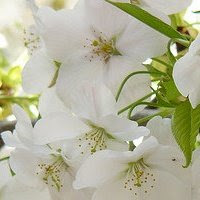An introduction to Japanese culture and traditions that have been loved since ancient times and still remain in modern lives and society.
Artistic techniques passed down and polished through the ages
Ceramics
Because the techniques and patterns of Japanese ceramic ware were passed along from the
Joinery (Woodwork Products)
“Joinery” is a technique for making cabinets with lids and drawers by fitting wood together without the use of nails or any other metal ware. The history of joinery can be traced back to the court culture of the 6th century, where the craftsmen mainly produced items for the nobility. From about the 17th century, products for samurai and commoners began to be made. Many such pieces can be seen, constructed from beech wood, zelkova, paulownia, and other materials and using the grain of the wood to maximum advantage to create a unique and beautiful result.
Lacquer Ware
Lacquer ware is the generic term for woodwork glazed in sap from lacquer trees found mainly in East Asia. Production regions are spread around Japan, however the Wajima Ware, Aizu Ware, Echizen Ware, Yamanaka Ware and Kishu Ware are known as the five big areas of production. Each region has its own characteristics . For example, most Wajima Ware consists of art work and high-quality pieces, while most Aizu Ware is marketed towards consumers at reasonable prices.
Textiles
Blanket texture patterns found on a 3rd century earthen vessel are the first trace of woven goods in Japan. Since the 8th century onward, technicians from China and the Korean Peninsula passed on techniques of silk cultivation and woven goods developed as regional industries throughout Japan, from quality products made out of materials such as silk, to products for everyday use, made from hemp, cotton and other materials.







